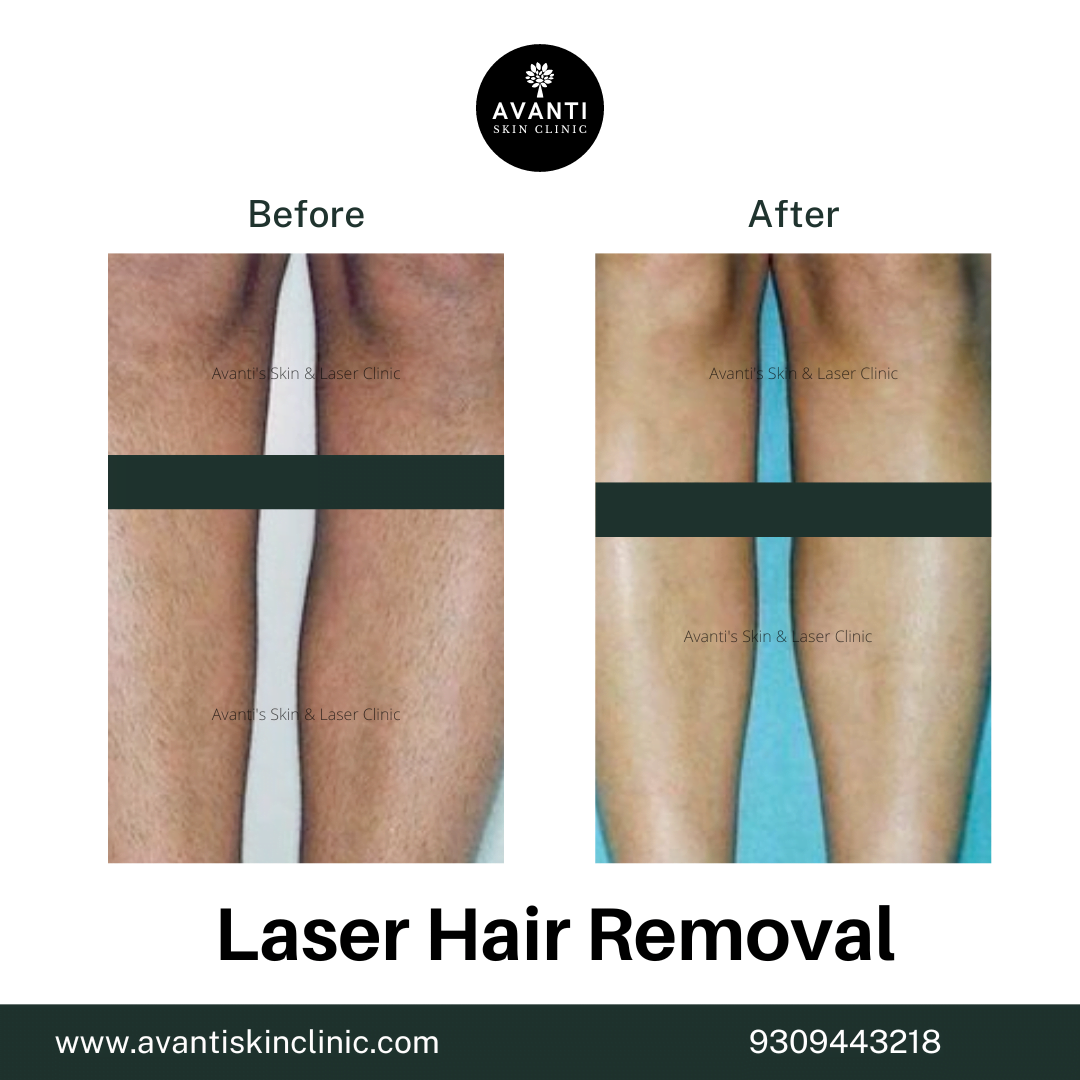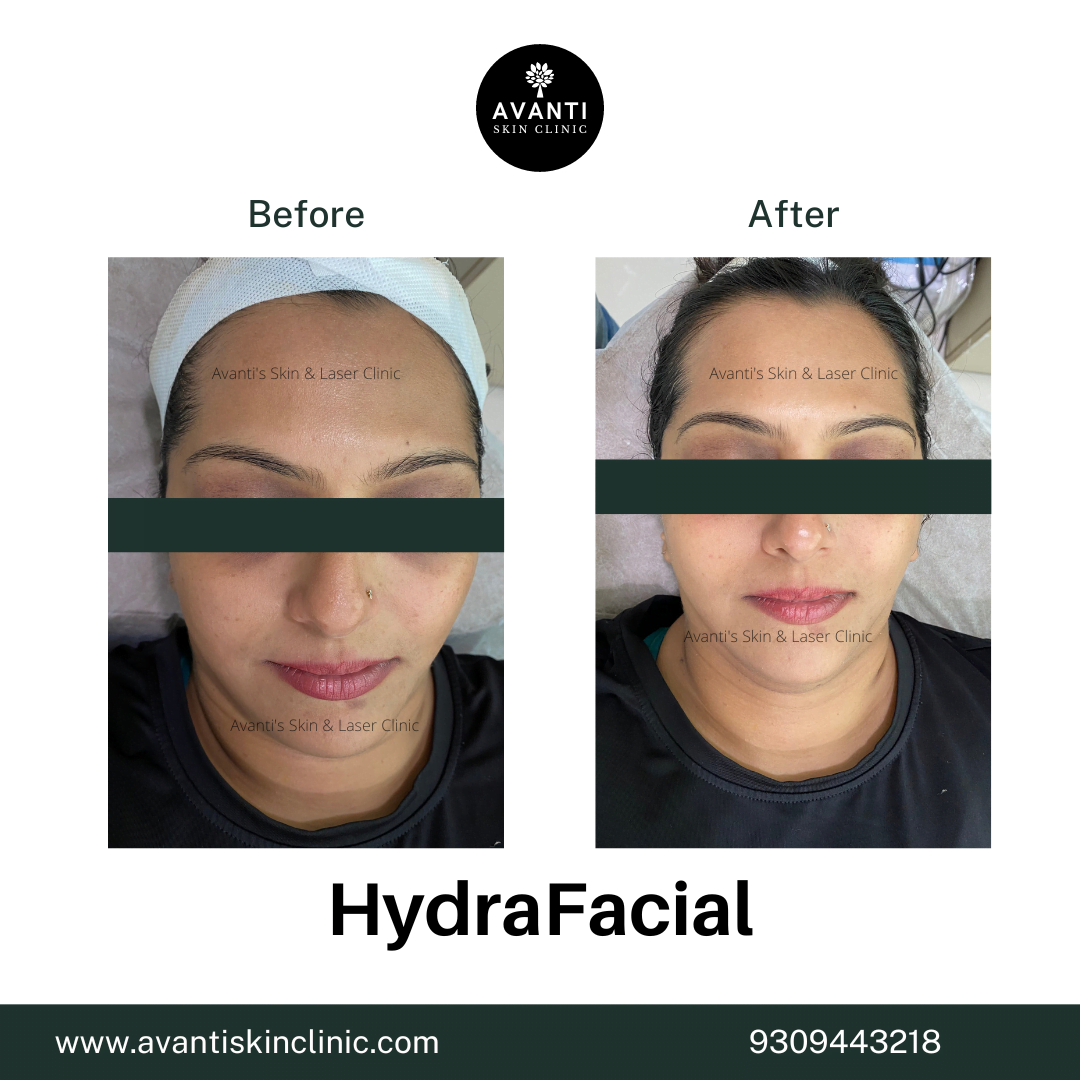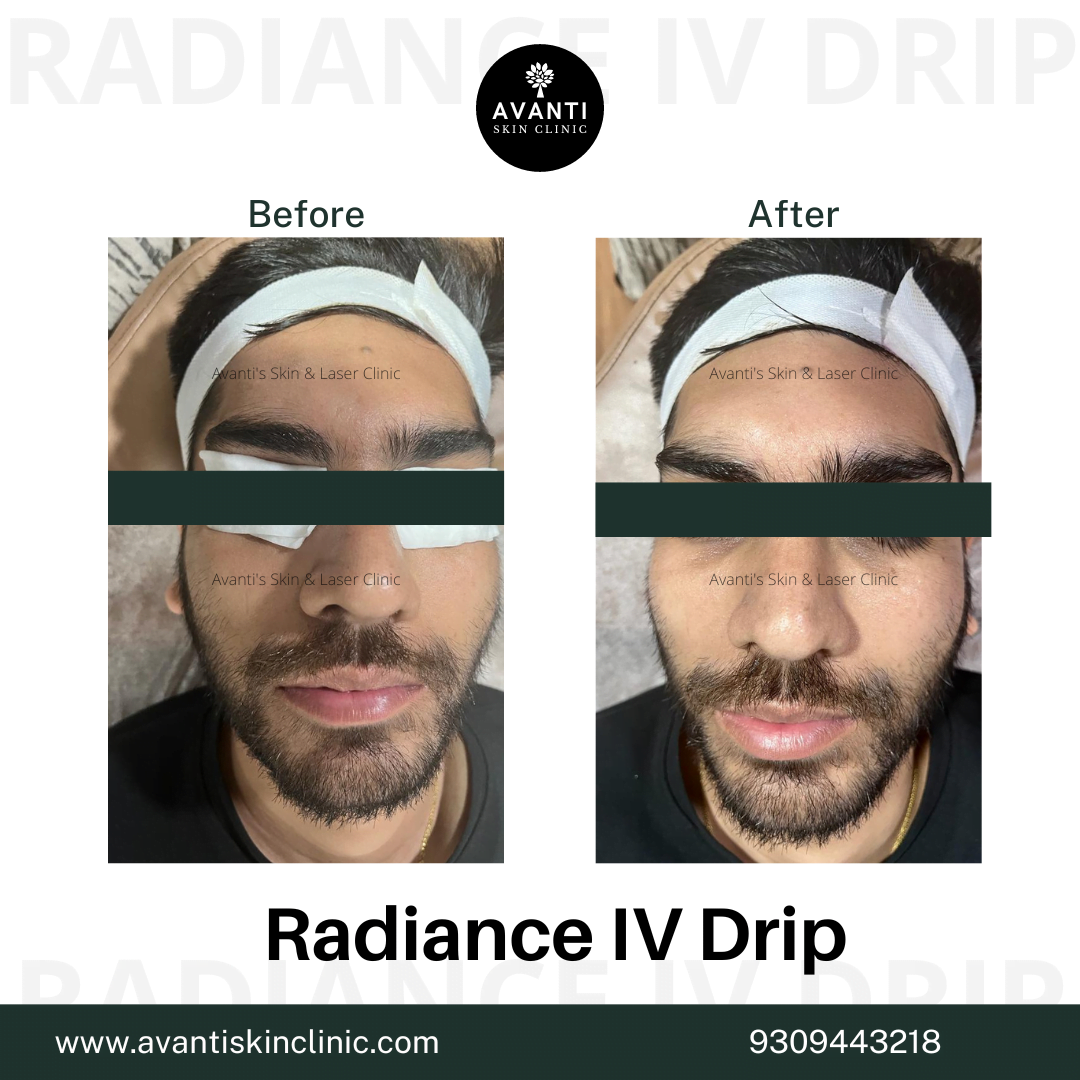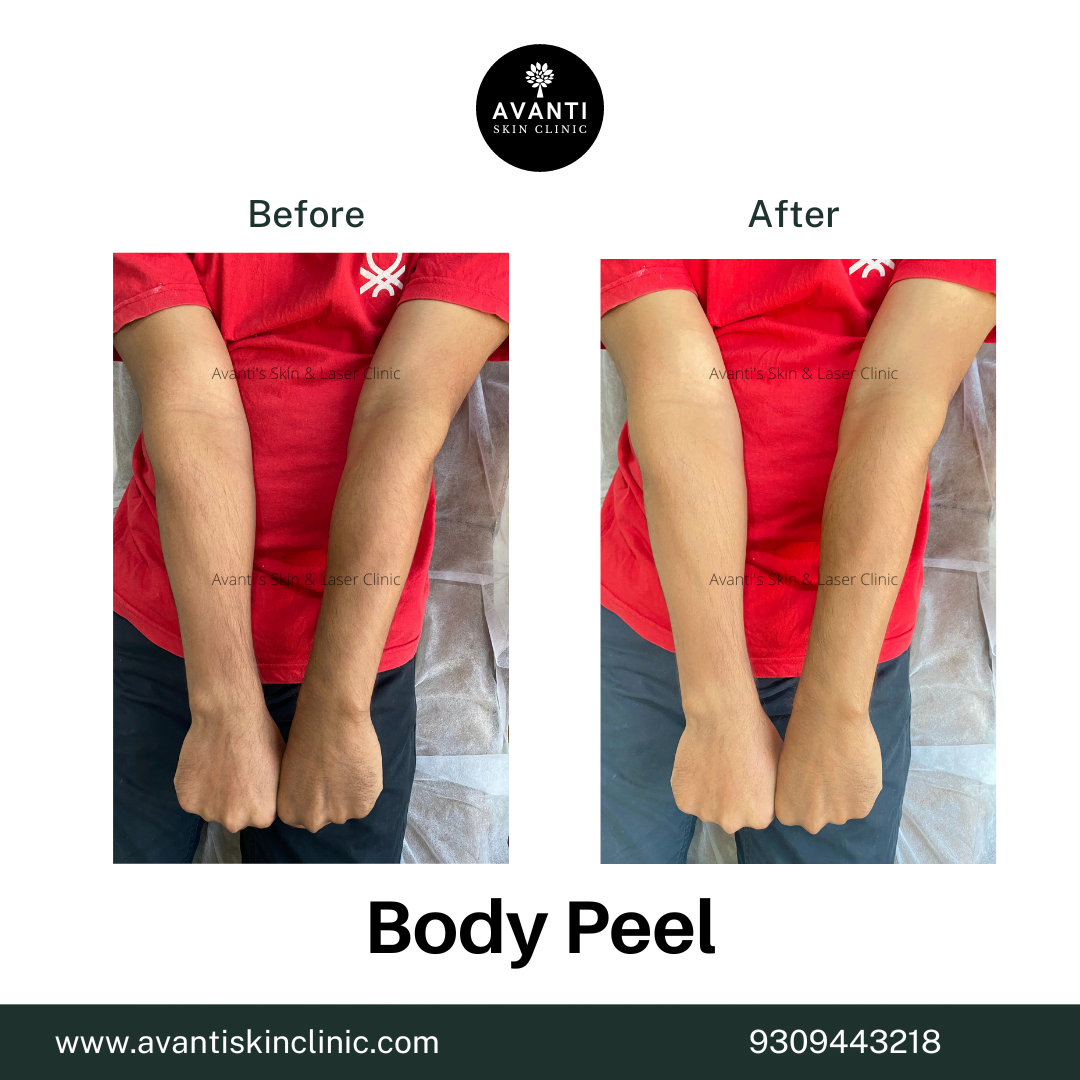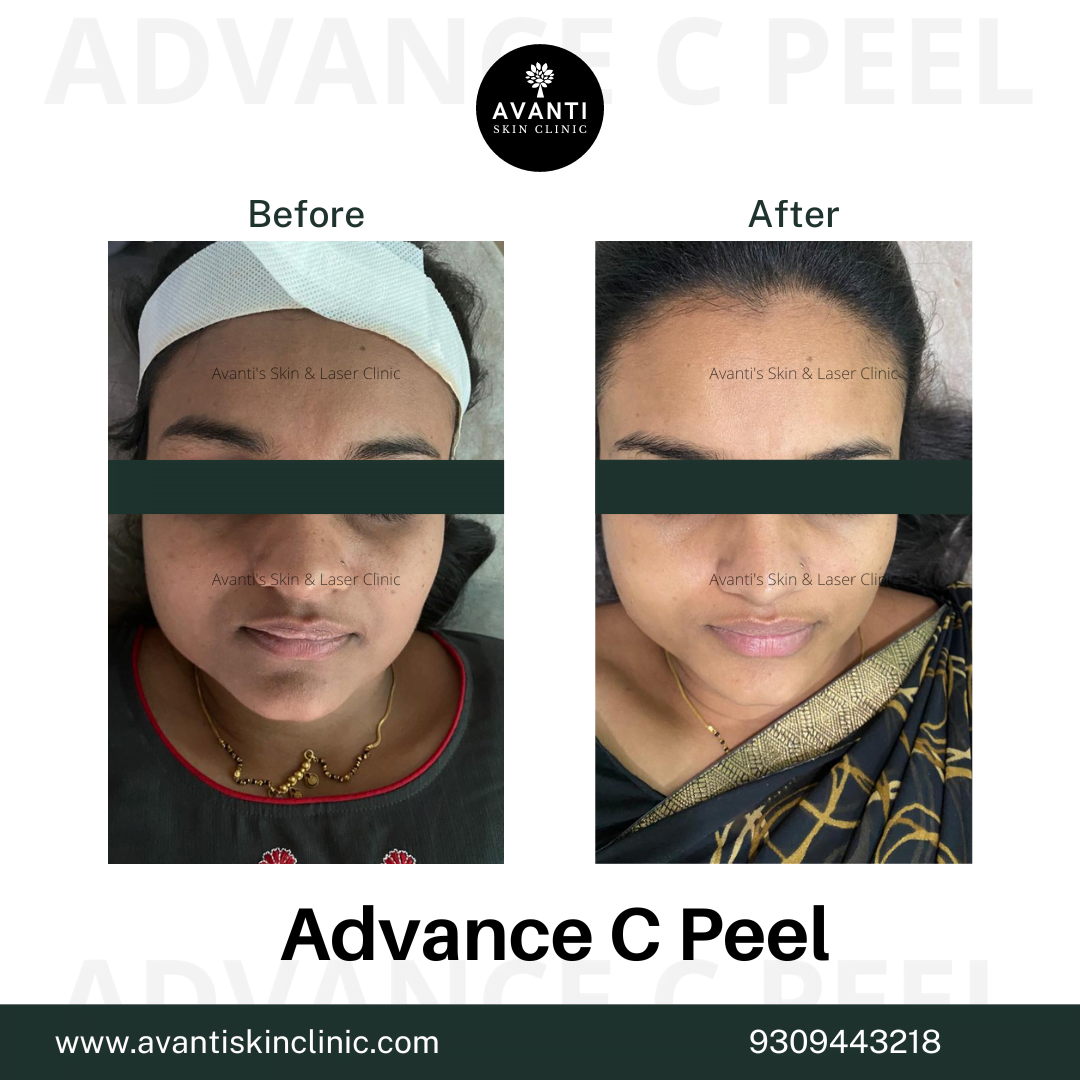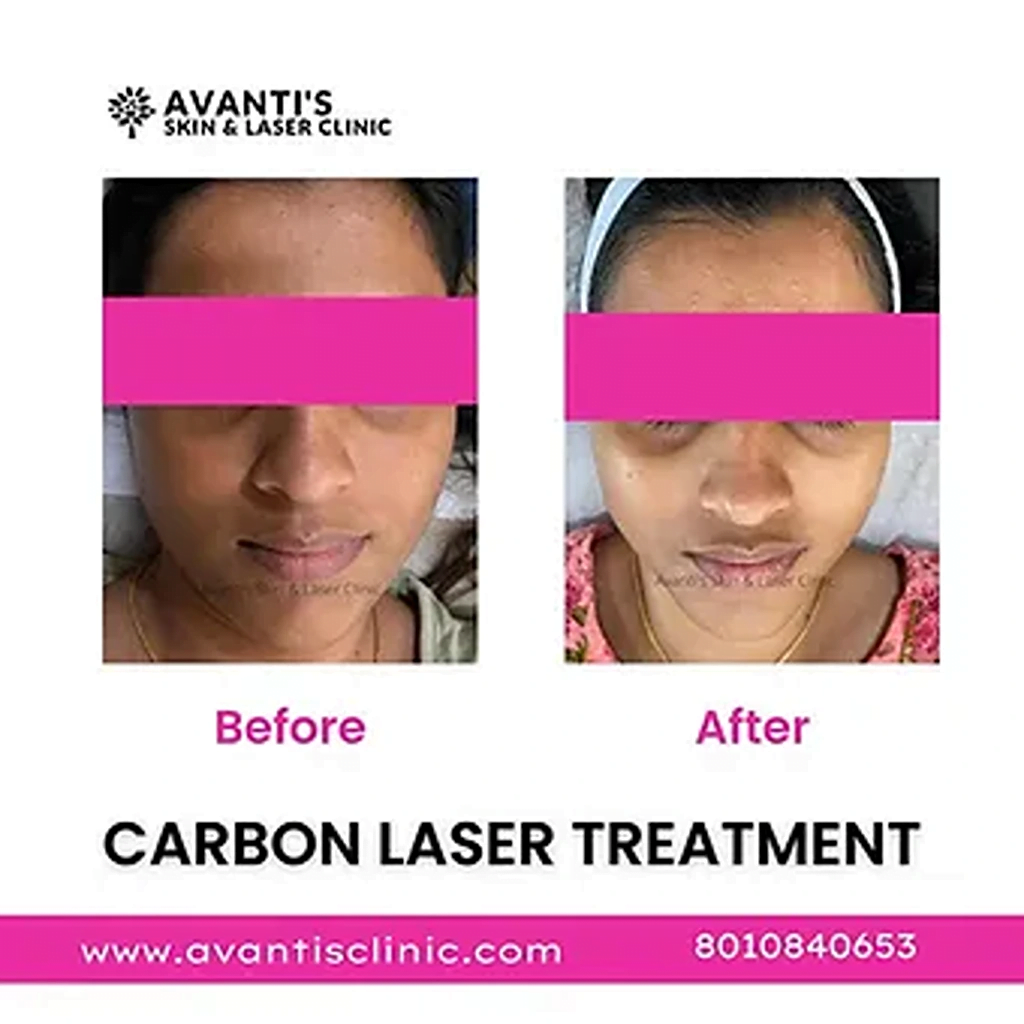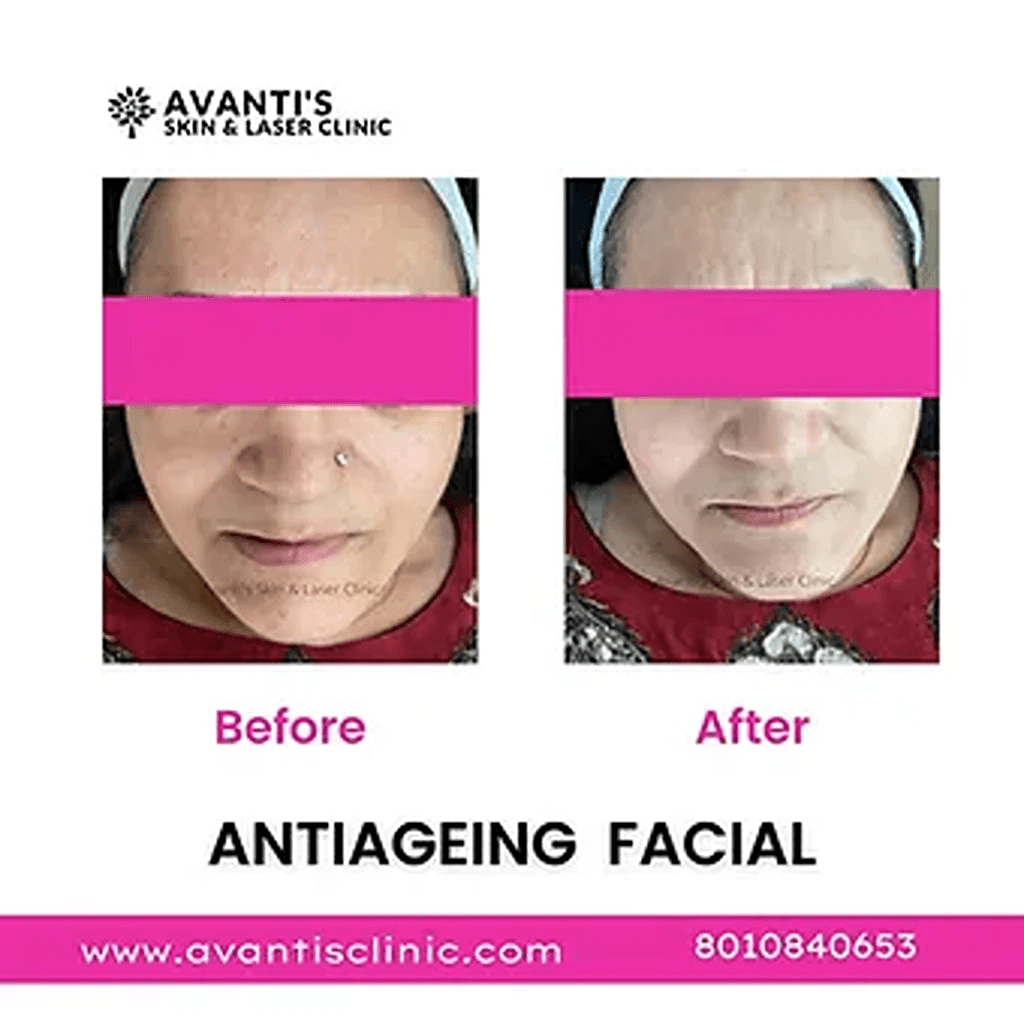White Patches on Skin: Causes, Treatments, and Remedies for White Spots and Discoloration
White patches on the skin can be distressing, especially when they appear unexpectedly or in visible areas like the face, neck, or arms. These white spots or patches often cause confusion and concern as individuals wonder what caused them and how to treat them effectively.
Whether they are small white dots on skin or large, irregular white patches on body, understanding the potential causes and remedies can provide much-needed clarity. In this blog, we’ll explore the reasons behind white patches on skin, treatment options, and home remedies to restore your skin to its natural tone.
Causes of White Patches on Skin
White spots or patches on the skin can be caused by a variety of factors. Some of the most common causes include:
One of the most common causes of white patches on body is fungal infections. Tinea versicolor, also known as pityriasis versicolor, is a yeast infection that affects the skin’s pigmentation. This condition leads to fungus white spots on face or other parts of the body, which appear lighter than the surrounding skin.
2. Vitiligo
Another common cause of white discoloration on skin is vitiligo, an autoimmune disorder in which the body’s immune system mistakenly attacks and destroys the melanocytes (pigment-producing cells). The result is the development of white pigmentation on skin in the form of small, irregular patches. Vitiligo often affects areas like the white patches on face, hands, elbows, and knees.
3. Sun Damage
Prolonged exposure to the sun without adequate protection can lead to skin damage, which may cause white marks on skin. Over time, excessive UV radiation can break down melanin, the pigment responsible for skin color, leading to white scars on skin or white patches on skin. These sun-induced spots are common in areas that are frequently exposed to the sun, such as the face, neck, arms, and shoulders.
4. Post-inflammatory Hypopigmentation
Sometimes, skin trauma like cuts, burns, or even acne can leave behind white scars on skin or white scratches on skin. After the healing process, some individuals may experience white spots on body in the affected area.
5. Nutritional Deficiencies
Deficiencies in certain vitamins and minerals, particularly vitamin B12, can lead to skin issues, including the development of white dots on skin. These deficiencies can affect the skin’s overall health, causing it to lose pigmentation and appear discolored.
6. Tinea Alba
Tinea alba is another fungal infection that causes light, flaky patches on the skin, often in children. These patches appear as random white patches on skin and are typically seen on the face, arms, and neck. While the condition may appear similar to fungus white patches on skin, tinea alba is not as severe and can often be treated with over-the-counter antifungal creams.
Treatments for White Patches on Skin
The treatment for white patches on skin largely depends on the underlying cause of the discoloration. Here are some common treatment options:
1. Antifungal Creams and Medications
For fungus white patches on face or other areas, antifungal creams, shampoos, and oral medications are often prescribed to treat tinea versicolor or tinea alba. These treatments work by eliminating the fungal infection, allowing the skin to restore its natural pigmentation.
2. Topical Steroid Creams for Vitiligo
In the case of vitiligo, white pigmentation on skin can sometimes be treated with topical corticosteroids. These creams help reduce inflammation and stimulate pigment production in the affected areas. For some people, this treatment can restore the skin’s color to its original state.
3. Laser Treatment for Vitiligo and Sun Damage
Laser treatments, such as fractional CO2 lasers or excimer lasers, can be used to treat white patches on face caused by vitiligo or sun damage. These treatments work by stimulating melanocytes and promoting the production of melanin in the skin. Over time, the skin can regain its natural tone and texture.
4. UV Light Therapy
Ultraviolet (UV) light therapy is often used to treat conditions like vitiligo and post-inflammatory hypopigmentation. This treatment exposes the affected skin to controlled UV light, which helps stimulate melanin production. For people with extensive white patches on body, this therapy can be an effective way to restore skin color.
5. Moisturizers and Skin Care Products
For minor cases of white patches on skin, moisturizing creams and lotions can help improve the skin’s texture and overall health. Ingredients such as vitamin E, aloe vera, and coconut oil can help hydrate the skin and reduce the appearance of white marks on skin.
6. Dietary Supplements
If nutritional deficiencies are the cause of white dots on skin, taking supplements rich in vitamins and minerals, particularly vitamin B12, can help improve the skin’s health and restore its natural pigmentation.
When to See a Dermatologist
If the white patches on body are persistent, spreading, or causing significant concern, it’s important to seek medical advice. A dermatologist can help identify the root cause of the discolouration and recommend the most appropriate treatment plan. In some cases, early intervention can prevent the condition from worsening and provide more effective results.
Visit Avanti Skin Clinic to woo out your white patches
At Avanti Skin Clinic, we specialize in diagnosing and treating various skin conditions, including white patches on skin. Our team of experienced dermatologists offers personalized treatment plans tailored to your specific needs. If you’re struggling with skin discoloration, contact us today for a consultation and start your journey toward healthy, glowing skin.
Frequently Asked Questions
Many white patches can be treated successfully, though complete results depend on the cause.
Causes include fungal infections, vitiligo, and eczema. Treatment varies from antifungal creams to light therapy.
Yes, fungal white spots can be treated with antifungal creams or medications prescribed by a dermatologist.
Treatment duration depends on the cause, ranging from a few weeks for fungal infections to several months for vitiligo.
There is no cure, but treatments like phototherapy can help manage pigmentation and improve skin appearance.

